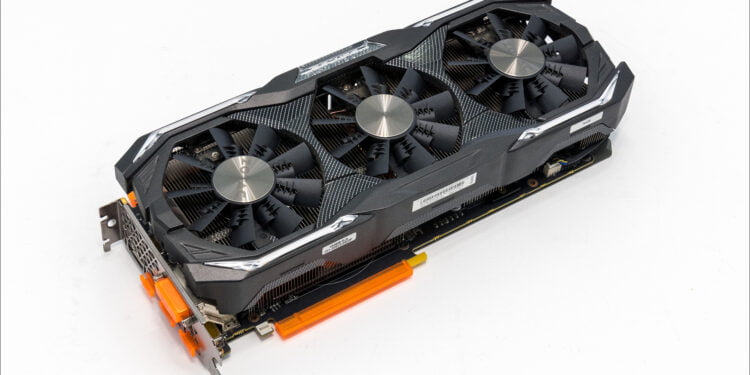




Let’s start with what we dislike with this card when it comes to overclocking and its potential… and… we are done.
For experienced enthusiasts there is nothing major to dislike about this card when it comes to overclocking. For a NVIDIA GTX 1070 class card this is about as good as it gets. No it does not use a fancy counter-rotating central fan. No it does not come with the ability to push past the NVIDIA dictate on how far you can push the voltages. Neither really matter… as all GTX 1070s have this limitation and this card simply does not need advanced rotational fans. Instead it comes with three of some of the best fans we have tested to date. Their ability to push air through a massive heatsink is nearly unmatched. Even then to find its equal you will have to spend a lot more than what ZOTAC sells their premium version for. As when pushed to the limits of sanity this card runs cool and quiet. So much so it is not even in the same league as the standard AMP! edition.
This of course is a double-edged sword. Much like the Gigabyte AORUS if you are not careful you blow well past sane and go all the way to plaid. Even then temperatures and noises are still well within check… the first thing you will notice is that in a year or less that something dies from all the insane voltage you are pushing to it. Most likely the GDDR5 RAM ICs. This is slightly less likely to happen, as unlike Gigabyte, ZOTAC has carefully binned the RAM ICs so they are some of the best you can find.
This of course is no guarantee that it won’t happen at some point, but based on personal experience it will happen later than it will with ASUS (we have killed two STRIX OC’s so far to zero for ZOTAC). This really is the only issue we have with this card as it really is not a great choice for first time / novice overclocking enthusiasts. Much like that one friend who thinks it’s hilarious when you get blind drunk… this card will never, ever go ‘nah brah you should stop now’. Instead it is right there egging you on trying to get another percent or two higher overclock. Yes, it simply is overbuilt for novices and will give almost no indication that the core or RAM is being pushed far beyond sensible long-term limits.
So with this in mind our results are conservative, however they are the highest levels we have gotten with a GTX 1070 that we feel 100% comfortable using long term. To be precise we boosted the core from 1835 to 2092 MHz (which it stays at 100% of the time when under load), the GDDR5 from 8.2GHZ to 8824 (effective) MHz, and generally created a GTX 1070 that acts a heck of a lot more like a good GTX 1070Ti than the GTX 1070 really is.











